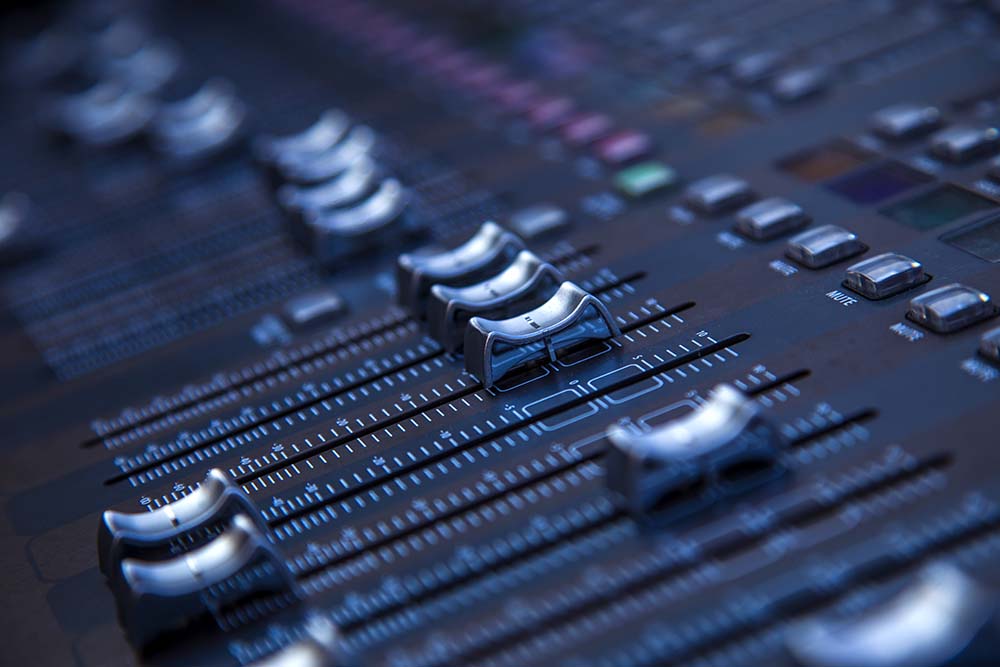Each tune's eq might seem best by itself, but if you series them together, all of a sudden one tune sounds too brilliant (or too dull ...). Tip # 1: keep in mind that any eq changes to your stereo mix impact the whole mix - if you desire to cut 3 db at 80Hz because your mix sounds muddy, keep in mind to inspect how that impacts all the instruments (e.g. the vocal), not just the bass guitar and kick drum. Compression: In mastering, this is utilized not just to manage a mix or to add character, however also to "print" or send out as much level to the master as possible without clipping the signal.
Spacing & Crossfading.
Spacing: there are different approaches as to how one need to approach the spaces put in between tunes on a record. Some feel the downbeat of one song need to fall at the start of a new bar, in the pace of the previous song (to continue the circulation.) Others think you must prevent this like the afflict, due to the fact that it decreases the effect. In the end, do whatever Free Type Instrumentals Trap feels right. There is no requirement. Cross-fade your songs if you like, or location six seconds in between them. (2-4 seconds prevails in the majority of popular, non-classical records, but it's up to you.) Final pointer: you may be inclined to master the very same recordings that you mixed, whether it is for financial factors, innovative reasons, or merely since you can. We strongly suggest that you get somebody else to master your job. The neutrality and fresh ears they bring to the table inevitably lead to a stronger, more cohesive album.
Typical areas of issue for a mastering engineer are: equalization (eq), compression, levels (volume) relative from one tune to the next, and spacing between tunes. Or you might have 10 songs mixed by three various engineers in 5 different studios.
Each song's eq might appear perfect by itself, but if you series them together, unexpectedly one song sounds too brilliant (or too dull ...). Idea # 1: keep in mind that any eq changes to your stereo mix impact the whole mix - if you want to cut 3 db at 80Hz due to the fact that your mix sounds muddy, keep in mind to check how that affects all the instruments (e.g. the vocal), not simply the bass guitar and kick drum. Compression: In mastering, this is utilized not simply to control a mix or to add character, but also to "print" or send as much level to the master as possible without clipping the signal.
